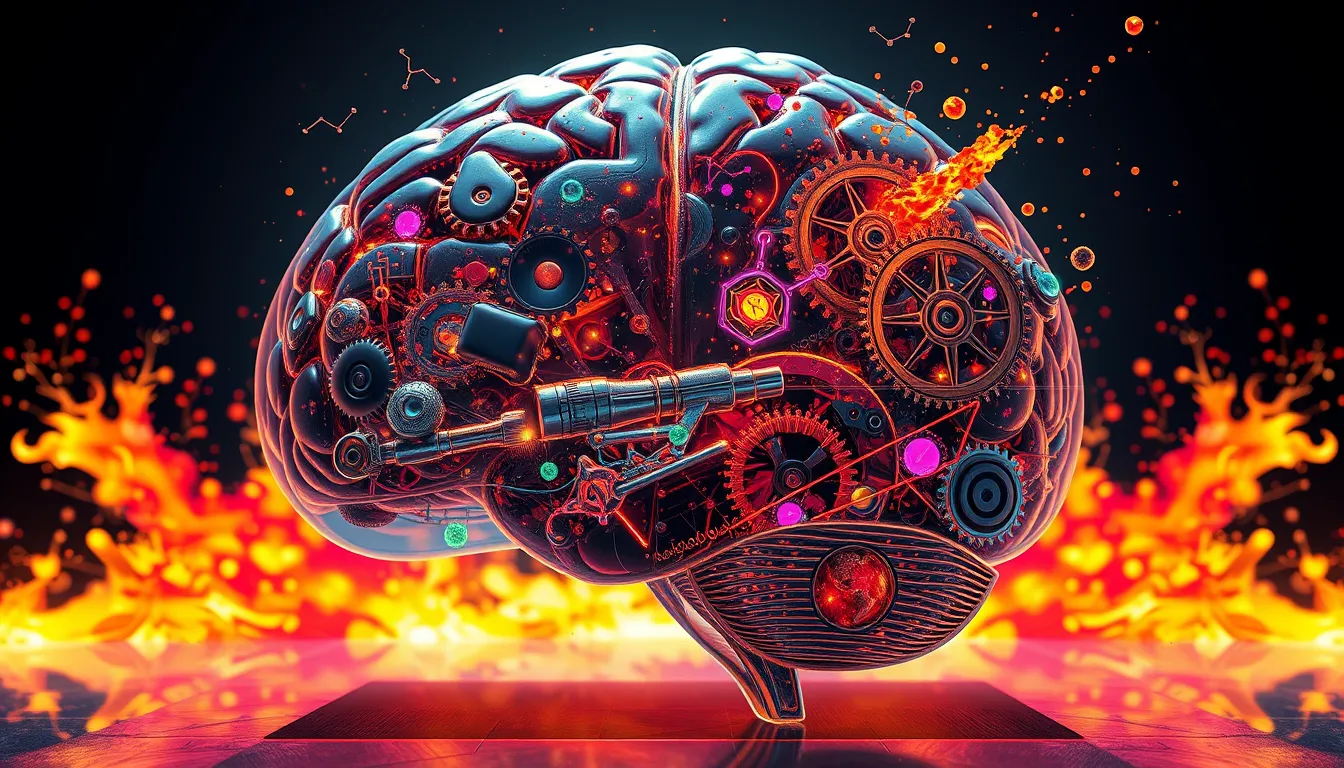Now Reading: AI Writing and Em Dash Detection: Digital Authenticity Unveiled
-
01
AI Writing and Em Dash Detection: Digital Authenticity Unveiled
AI Writing and Em Dash Detection: Digital Authenticity Unveiled

AI Writing and Em Dash Detection: Digital Authenticity Unveiled
In today’s rapidly evolving digital landscape, “AI writing and em dash detection” has emerged as a pivotal topic among content creators, journalists, and technologists. As artificial intelligence reshapes the way content is produced, one of the most intriguing challenges is identifying the subtle cues of AI-generated text. The em dash, traditionally a stylish punctuation mark, now serves as an unexpected indicator in AI writing.
Introduction to AI Writing and Em Dash Detection
Artificial intelligence has revolutionized how we write by offering tools that streamline content creation and enhance productivity. However, as AI writing becomes more prevalent, detecting and verifying the authenticity of digital content has become increasingly important. This article explores how the seemingly innocuous em dash plays a critical role in AI writing and serves as a fingerprint for machine-generated text.
The Role of the Em Dash in AI Writing
Historically, the em dash has been appreciated for its ability to create dramatic pauses and add a touch of elegance to prose. In traditional writing, its usage is driven by stylistic choices and human intuition. In contrast, AI models often rely on statistical patterns drawn from large datasets. When these models over-prioritize the em dash to mimic human style, the result is a pattern that forensic tools can track.
Why AI Forensic Analysis Focuses on Punctuation
AI forensic analysis has become an indispensable tool in digital journalism and content verification. Here are some reasons why punctuation, especially the em dash, is under scrutiny:
- In AI writing, the overuse of the em dash may indicate reliance on patterns from extensive training data.
- Machine learning models operate based on the frequency of features, often exaggerating elements like em dashes.
- Forensic tools can detect these statistical anomalies, distinguishing between human and AI-generated content.
The phenomenon of the overuse of the em dash in AI writing is not a mere stylistic quirk—it serves as a signature cue. Researchers have observed that when AI systems produce content, they tend to repeat patterns that are less common in human writing. This discovery has profound implications for digital journalism and academic research where authenticity is paramount.
How to Detect AI-Generated Text by Punctuation
While verifying content authenticity, several strategies have proven effective:
- Analyze Punctuation Patterns: Look for consistent and excessive use of the em dash, which might exceed natural human usage.
- Compare Writing Styles: Measure the overall stylistic variations against known human writing samples.
- Utilize AI Forensic Tools: Advanced algorithms can assess punctuation and other textual features, offering insights into whether a text is machine-generated or authored by a human.
For a practical guide on how to detect AI generated text by punctuation, many experts recommend starting with accessible indicators such as the frequency of em dashes. This method, while not foolproof, offers an initial filter to flag content requiring further verification.
The Intersection of Digital Journalism and AI Writing
The rise of AI writing has transformed the digital journalism landscape, introducing both opportunities and risks. On one hand, AI technology helps produce vast amounts of content quickly, backing reports with impressive data analysis. On the other hand, it raises concerns regarding the authenticity and originality of the work. Editorial teams now face the challenge of ensuring that published content maintains a human touch amidst algorithm-driven production.
Journalists and editors are adapting by integrating robust verification processes into their workflows. By blending traditional editorial expertise with modern AI forensic analysis, they can maintain the integrity of the information presented. The ongoing dialogue between technology and creative expression is not only redefining content standards but also pushing regulatory bodies to update guidelines for digital publications.
Balancing Creativity with Algorithmic Precision
As AI continues to permeate writing, it is essential to balance the convenience of technology with the unpredictable nature of human creativity. Some key strategies include:
- Emphasizing original thought in writing to counterbalance algorithmic predictability.
- Updating style manuals and editorial guidelines to include markers that help detect machine-generated content.
- Encouraging writers to employ varied punctuation and stylistic choices rather than relying on frequently automated signals such as the em dash.
These recommendations aim to preserve artistic expression while leveraging technology for efficiency. As tools for AI forensic analysis become more advanced, the collaboration between human insight and automated scrutiny will become integral in upholding content authenticity.
Conclusion
The investigation into the role of the em dash in AI writing underscores the broader challenge of maintaining authenticity in the digital era. “AI writing and em dash detection” is more than just a technical concept—it represents the intersection of art and science in modern content creation. As digital journalism evolves, both creators and regulators must remain vigilant, ensuring that the rapid advancements in AI do not undermine the core values of genuine human expression.
By understanding the subtle cues embedded within writing, such as an overused em dash, we can better safeguard the trustworthiness of published content. The future of digital journalism depends on a harmonious balance between technological innovation and the enduring spirit of human creativity.
For further insights on digital journalism and AI writing trends, consider visiting reputable sources such as the American Press Institute or exploring content on AI advancements at OpenAI.
Ultimately, as we navigate this dynamic landscape, it is crucial to remain informed, adaptable, and committed to ethical standards in both writing and content verification.

























